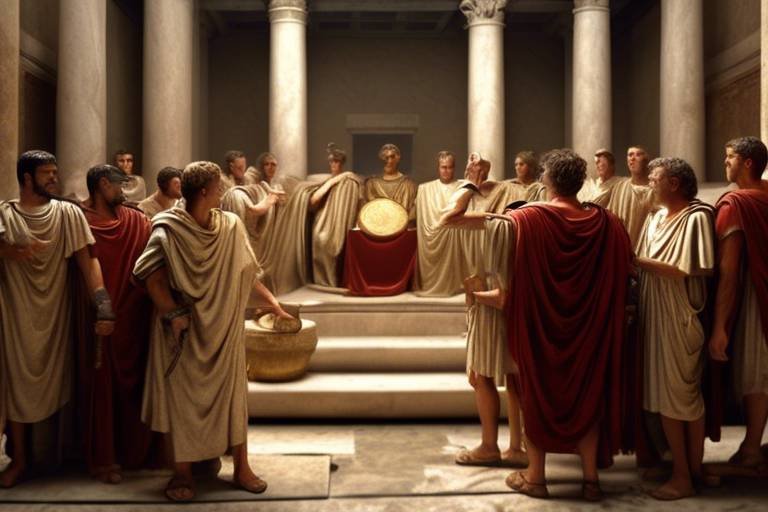The Discovery of the Ancient City of Palmyra
Palmyra, a captivating ancient city nestled in the heart of present-day Syria, has long been a treasure trove of history waiting to be unveiled. The very mention of Palmyra evokes images of grandeur, mystery, and a rich cultural tapestry woven through the sands of time. Its discovery has not only reshaped our understanding of the past but has also brought to light the remarkable achievements of a civilization long forgotten.
Located at a strategic crossroads of trade routes, Palmyra flourished as a bustling oasis city, serving as a vital link between the East and the West. Its history dates back to the Neolithic period, with influences from various civilizations shaping its unique identity over the centuries. The city's rise to prominence as a thriving cultural hub is a testament to human ingenuity and resilience in the face of adversity.
Archaeological excavations have unearthed a treasure trove of architectural marvels in Palmyra, showcasing the city's advanced engineering skills and artistic prowess. From the majestic Temple of Bel to the imposing Roman theater and the bustling Agora, each structure stands as a testament to the city's grandeur and sophistication. The intricate carvings, elaborate columns, and ornate decorations speak volumes about the skilled craftsmen who once called Palmyra home.
Palmyra's cultural influence extended far beyond its borders, shaping art, religion, and architecture in the ancient world. The city's eclectic blend of Roman, Greek, Persian, and local traditions created a rich tapestry of cultural heritage that continues to captivate scholars and enthusiasts alike. The legacy of Palmyra's artistic achievements lives on in the intricate sculptures, vibrant frescoes, and awe-inspiring monuments that dot the cityscape.
One of the most intriguing chapters in Palmyra's history is the Zenobia Rebellion, led by the formidable Queen Zenobia in the 3rd century AD. Her audacious quest for independence from the Roman Empire and the subsequent clash with Roman forces have become legendary tales of courage and defiance. The legacy of Queen Zenobia and her rebellion continues to inspire storytellers and historians to this day.
Despite its enduring legacy, Palmyra has faced periods of destruction and turmoil, most notably during the recent conflicts that ravaged the region. The desecration of its ancient monuments by extremist groups such as ISIS sent shockwaves through the global community, prompting urgent efforts to preserve and protect Palmyra's heritage for future generations. The ongoing restoration projects stand as a beacon of hope for the city's revival and renewal.
Palmyra's allure has transcended the realms of history and academia, making its way into literature, art, and popular culture. From ancient texts and travel accounts that romanticize its beauty to modern-day novels, films, and video games that reimagine its glory, Palmyra continues to captivate the imagination of audiences worldwide. Its mystique and grandeur have inspired countless works of creativity and exploration.
As a UNESCO World Heritage Site, Palmyra stands as a symbol of humanity's collective heritage and the importance of preserving our shared past. Its global significance transcends borders and ideologies, serving as a poignant reminder of the fragility of cultural treasures in an ever-changing world. The legacy of Palmyra continues to shape our understanding of ancient civilizations and the enduring power of human creativity.
For those eager to experience the magic of Palmyra firsthand, a journey to this ancient city promises a glimpse into a bygone era of splendor and intrigue. Despite the challenges of preservation and conservation, visitors can explore the remnants of a once-thriving civilization, marvel at the architectural wonders, and immerse themselves in the rich tapestry of history that defines Palmyra. The experience of walking through its ancient ruins is nothing short of a time-traveling adventure, where the whispers of the past echo through the corridors of time.

Location and History of Palmyra
Exploring the historical significance and archaeological findings of the ancient city of Palmyra, shedding light on its cultural heritage and the impact of its discovery on our understanding of the past.
Palmyra, located in present-day Syria, stands as a testament to the ancient world's grandeur and sophistication. Nestled in the heart of the Syrian Desert, this ancient city flourished as a vital trade center, connecting the East and West through its strategic location along caravan routes.
With a history dating back to the Neolithic period, Palmyra rose to prominence in the first century AD under the rule of the Palmyrene Empire. Its strategic position facilitated trade and cultural exchange, attracting merchants, travelers, and scholars from distant lands.
The city's rich history is intertwined with various civilizations, from the Greeks and Romans to the Persians and Arabs, each leaving their mark on Palmyra's architecture, art, and culture. The blend of influences reflects the city's cosmopolitan nature and its role as a melting pot of diverse traditions.
The archaeological remains of Palmyra offer a glimpse into its illustrious past, with iconic structures like the Temple of Bel, the Roman theater, and the Agora standing as testaments to the city's architectural prowess and artistic achievements.

Architectural Marvels of Palmyra
The ancient city of Palmyra is renowned for its remarkable architectural marvels that have stood the test of time, showcasing the ingenuity and craftsmanship of its builders. Among the most notable structures in Palmyra is the Temple of Bel, a grand sanctuary dedicated to the Mesopotamian god Bel, adorned with intricate carvings and columns that once soared to the sky, symbolizing the city's religious significance and artistic prowess.
Another iconic landmark in Palmyra is the Roman theater, a magnificent amphitheater that once hosted grand performances and gatherings, reflecting the city's vibrant cultural life and social gatherings. The theater's well-preserved architecture offers a glimpse into the past, allowing visitors to imagine the bustling crowds and dramatic performances that once filled its seats.
The Agora of Palmyra stands as a testament to the city's economic prosperity and bustling trade activities. This central marketplace was a hub of commercial exchange and social interaction, where merchants from different regions converged to trade goods and ideas, shaping the city's cosmopolitan character and economic vitality.
Walking through the ancient streets of Palmyra, one can't help but marvel at the intricate details and grandeur of these architectural wonders, each telling a story of the city's rich history and cultural heritage. The blend of Roman, Greek, Persian, and local influences in Palmyra's architecture creates a unique tapestry of styles, reflecting the city's position as a crossroads of civilizations and a melting pot of artistic traditions.
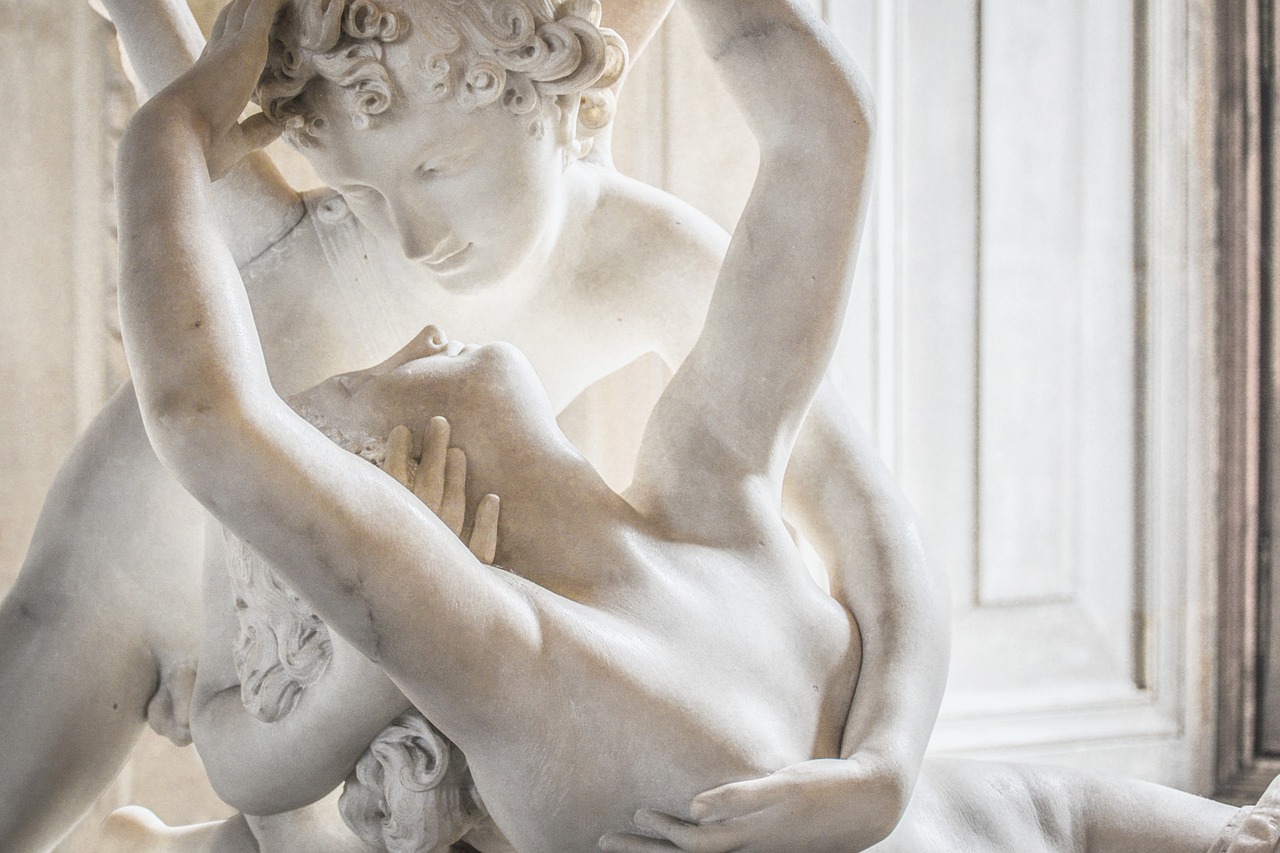
Palmyra's Cultural Influence
The cultural influence of Palmyra transcends time, leaving a lasting impact on art, religion, and architecture. This ancient city, situated at the crossroads of civilizations, was a melting pot of diverse cultural elements, blending Roman, Greek, Persian, and local influences into a unique tapestry of creativity and innovation.
One of the most remarkable aspects of Palmyra's cultural heritage is its architectural legacy. The city's structures, adorned with intricate carvings and elaborate decorations, reflect the fusion of different artistic traditions. The Temple of Bel, a magnificent sanctuary dedicated to the Semitic god Bel, stands as a testament to the city's religious and artistic prowess.
Moreover, Palmyra's artistry extended beyond architecture to encompass sculpture, painting, and decorative arts. The city's artisans crafted exquisite works that captured the essence of diverse cultural influences, creating a visual language that spoke to the richness of Palmyrene culture.
Religiously, Palmyra was a center of syncretism, where deities from various traditions were worshipped side by side. This religious diversity contributed to the city's cosmopolitan character, fostering a spirit of tolerance and inclusivity that defined its cultural landscape.
Palmyra's cultural influence also reverberated through its trade networks, connecting distant lands and facilitating the exchange of ideas and goods. The city's strategic location on the ancient Silk Road made it a hub of commerce and cultural interaction, shaping the development of art, architecture, and religious practices across the region.
In literature and art, Palmyra has inspired countless works that seek to capture its mystique and grandeur. From ancient travel accounts that marveled at its splendor to modern novels and films that romanticize its history, Palmyra continues to captivate the imagination of artists and audiences alike.
Overall, Palmyra's cultural influence serves as a poignant reminder of the power of cross-cultural exchange and creativity. By embracing diverse influences and forging new artistic expressions, the ancient city of Palmyra has left an indelible mark on the cultural landscape of the world, enriching our understanding of the past and inspiring future generations.

The Zenobia Rebellion
During the tumultuous era of the 3rd century AD, the ancient city of Palmyra witnessed a remarkable rebellion led by the formidable Queen Zenobia. Zenobia, a charismatic and ambitious ruler, challenged the authority of the Roman Empire and sought to establish an independent Palmyrene Empire in the Eastern provinces. Her rebellion was fueled by a desire for autonomy and a vision of a powerful Palmyra that could rival Rome itself.
Queen Zenobia's rebellion was not merely a quest for power but a bold assertion of Palmyra's unique identity and cultural heritage. Under her leadership, Palmyra emerged as a formidable force in the region, expanding its territory and influence beyond its traditional boundaries. Zenobia's military prowess and strategic acumen earned her admiration and respect, both within Palmyra and among neighboring kingdoms.
The zenith of Zenobia's rebellion came with the capture of key Roman territories, including Egypt, which posed a direct challenge to the authority of the Roman Emperor Aurelian. The conflict between Zenobia's Palmyrene forces and the Roman legions escalated into a fierce struggle for dominance in the region, culminating in a decisive battle near Antioch.
Despite her remarkable military achievements, Queen Zenobia's rebellion ultimately met a tragic end. Following the defeat of her forces by the Roman army, Zenobia was captured and brought to Rome as a captive. The fall of Palmyra marked the end of an era of independence and autonomy, as the city was once again brought under Roman control.
The legacy of the Zenobia Rebellion endures as a testament to the resilience and courage of the people of Palmyra. The rebellion symbolizes the spirit of defiance against oppressive rule and the enduring quest for freedom and self-determination. Queen Zenobia's legacy continues to inspire artists, writers, and historians, who have immortalized her story in various forms of art and literature.
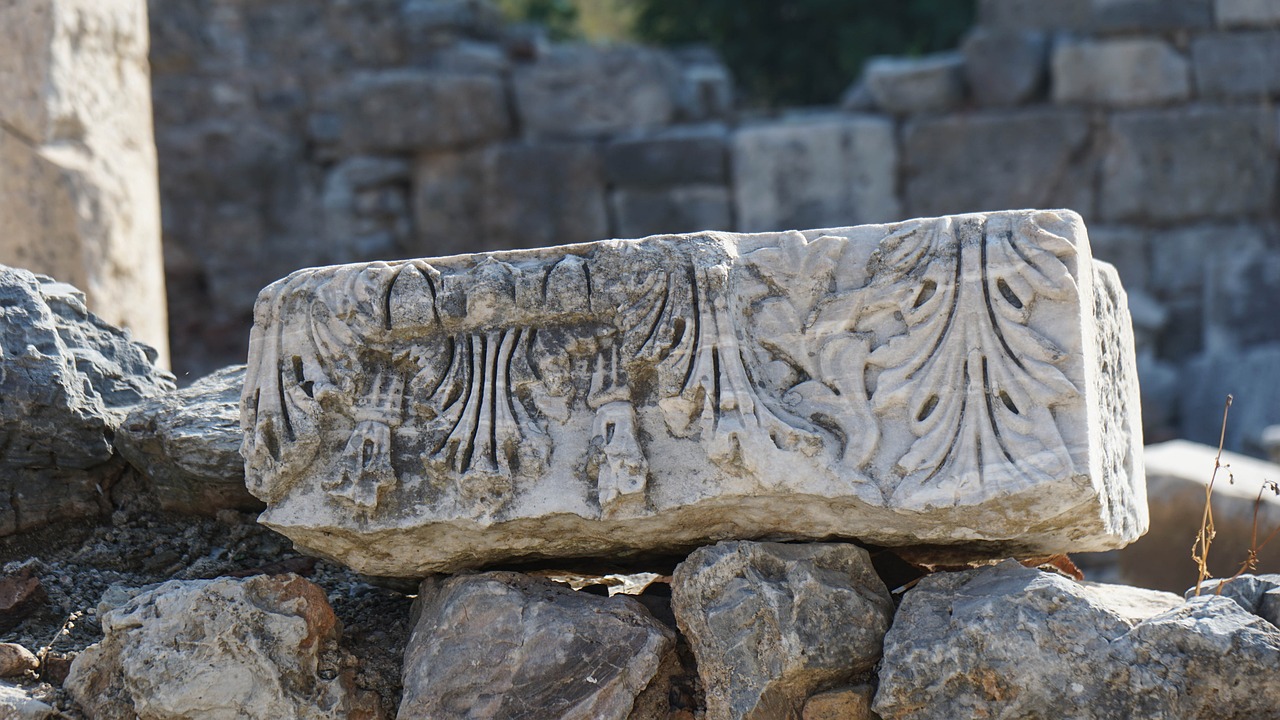
Palmyra's Destruction and Restoration Efforts
Palmyra, once a beacon of ancient civilization, has tragically faced destruction in modern times due to conflicts and acts of terrorism. The city's historical sites, including the iconic Temple of Bel and the Arch of Triumph, suffered irreparable damage at the hands of ISIS, leading to global outrage and calls for action. The systematic destruction of these architectural marvels not only erased tangible links to the past but also threatened the cultural heritage of humanity as a whole.
Despite the devastation, dedicated efforts have been underway to restore and preserve what remains of Palmyra's rich history. Archaeologists, historians, and preservationists have come together to document the damage, salvage artifacts, and initiate reconstruction projects to revive the city's former glory. The painstaking process of rebuilding shattered monuments and safeguarding vulnerable structures requires meticulous planning, expertise, and resources to ensure the authenticity and integrity of Palmyra's heritage.
International organizations, such as UNESCO, have played a crucial role in supporting the restoration efforts in Palmyra. Through funding, technical assistance, and advocacy, these entities aim to safeguard the city's legacy for future generations and promote awareness of the importance of cultural preservation in the face of adversity. The resilience and determination of those involved in the restoration work reflect a shared commitment to honoring Palmyra's past and reclaiming its place in the annals of history.
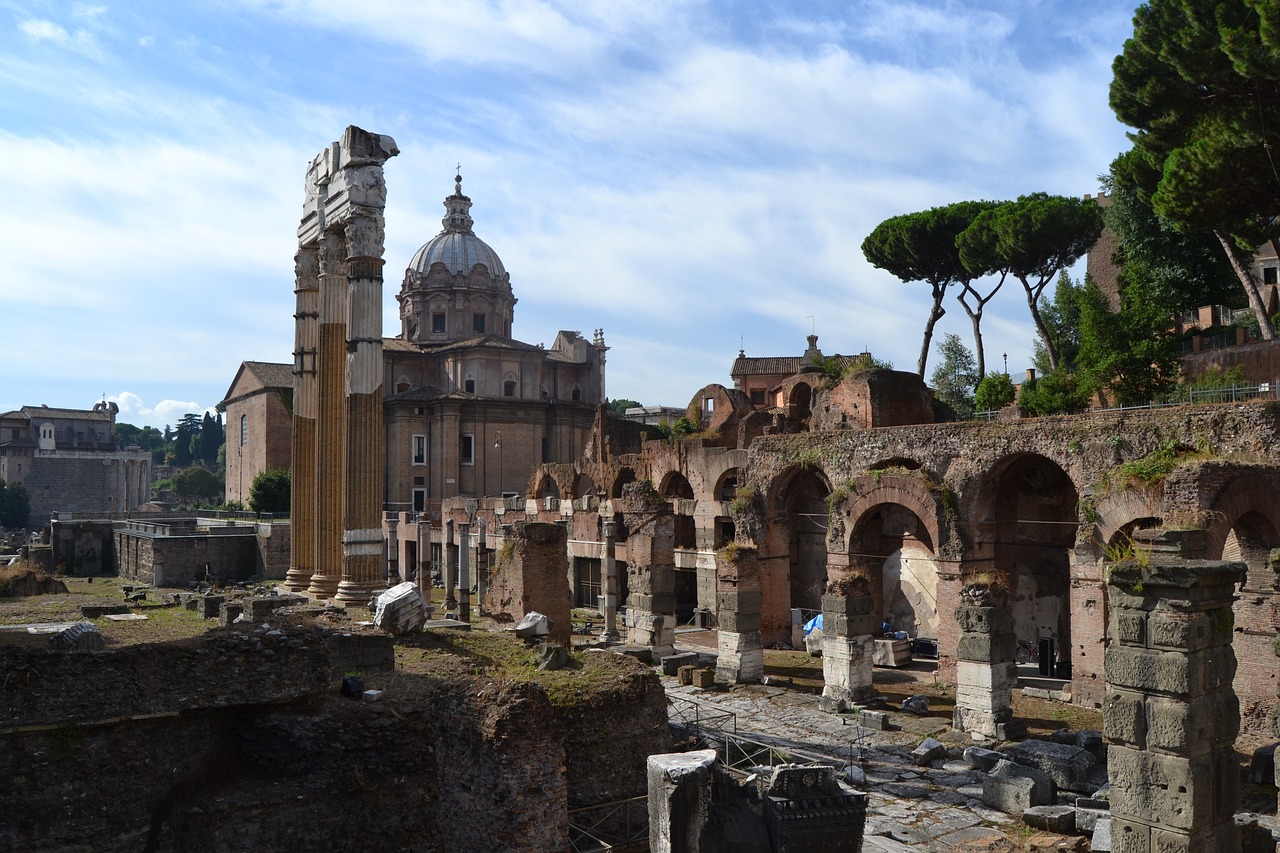
Palmyra in Literature and Popular Culture
Palmyra, with its rich history and captivating ruins, has long been a source of inspiration for writers, artists, and creators across various mediums. From ancient texts to modern-day adaptations, the allure of Palmyra has transcended time and continues to influence popular culture.
One of the earliest mentions of Palmyra in literature can be found in the works of Roman historians and poets, who depicted the city as a thriving hub of trade and culture. The vivid descriptions of Palmyra's majestic architecture and bustling streets have sparked the imagination of many generations.
During the 18th and 19th centuries, Palmyra captured the attention of European travelers and scholars, who documented their awe-inspiring encounters with the ancient city. Their accounts, filled with wonder and admiration, brought Palmyra's mystique to a wider audience.
In modern literature, Palmyra often serves as a backdrop for tales of adventure, romance, and mystery. Authors draw upon the city's tumultuous history and enigmatic ruins to craft compelling narratives that transport readers to a bygone era.
Palmyra's influence extends beyond the written word, permeating various art forms and popular culture. Artists have been inspired by the city's architectural splendor, creating paintings, sculptures, and other artworks that capture its timeless beauty.
Moreover, Palmyra has made appearances in films, television shows, and video games, where its ancient ruins provide a dramatic setting for epic stories of conquest, betrayal, and redemption. The city's allure continues to captivate audiences around the world.
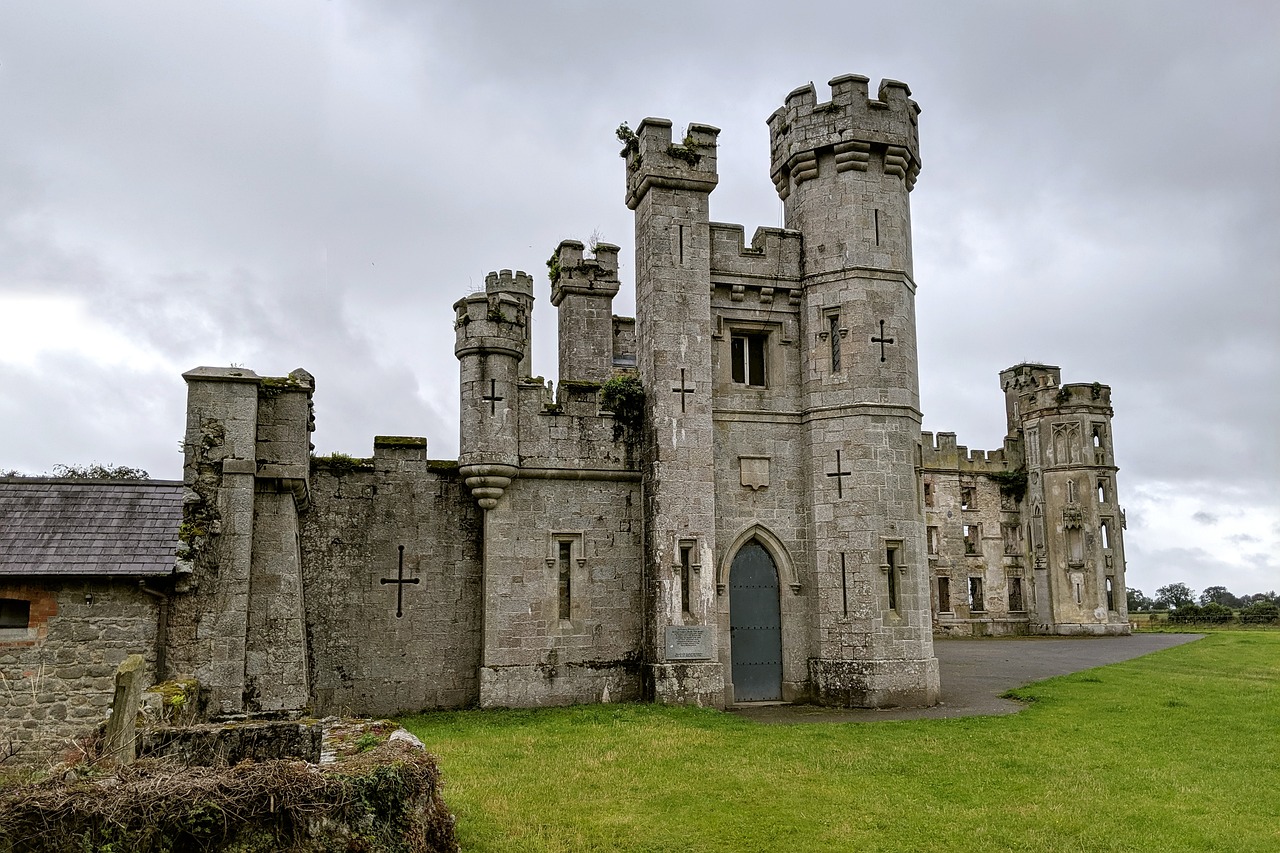
Palmyra's Legacy and Global Significance
The ancient city of Palmyra holds a profound legacy that transcends time and borders, making it a beacon of global significance. As a designated UNESCO World Heritage Site, Palmyra stands as a testament to human creativity, resilience, and cultural exchange throughout history. Its architectural marvels, intricate carvings, and historical artifacts not only showcase the craftsmanship of ancient civilizations but also offer a window into the past, allowing us to unravel the mysteries of bygone eras.
Furthermore, Palmyra's global significance lies in its symbolic importance in the preservation of cultural heritage. The city's fusion of Roman, Greek, Persian, and local influences exemplifies the interconnectedness of different cultures and civilizations, emphasizing the need to safeguard and cherish our shared human heritage. By recognizing and protecting Palmyra's legacy, we honor the diversity and richness of our collective history, fostering a sense of unity and understanding across cultures and generations.
Moreover, Palmyra's role in shaping our understanding of ancient civilizations cannot be overstated. The city's strategic location as a vital trade center, its cultural influence on art and architecture, and the Zenobia Rebellion against the Roman Empire all contribute to a complex tapestry of historical significance. By studying Palmyra's past, we gain insights into the social, political, and economic dynamics of antiquity, enriching our knowledge of the past and illuminating the path towards a more informed future.
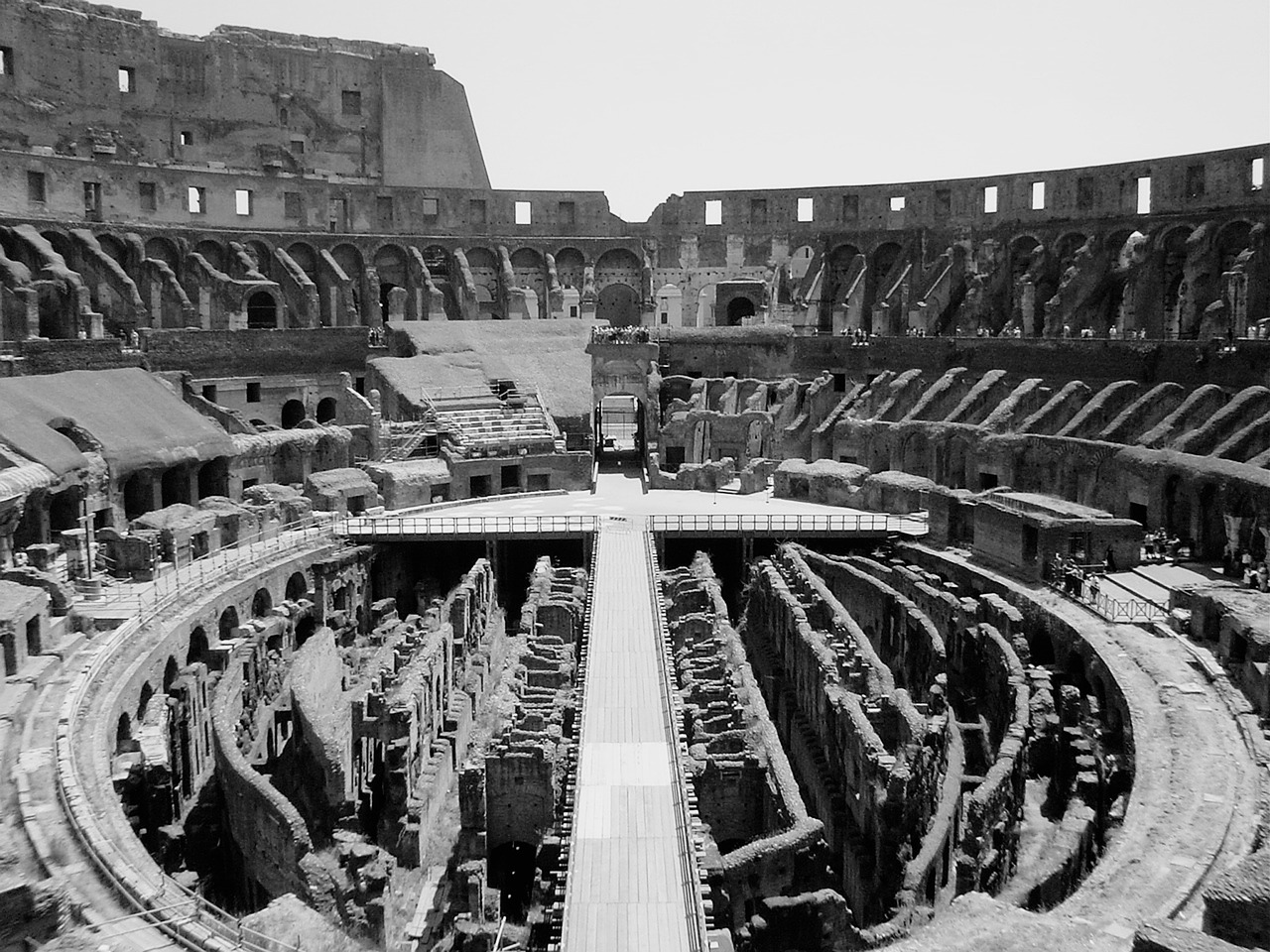
Visiting Palmyra Today
Visiting Palmyra today offers a unique opportunity to step back in time and witness the ancient splendor of this historic city. As you traverse the ruins and archaeological sites, you can feel the echoes of the past whispering tales of a bygone era. The Temple of Bel stands tall, a testament to the architectural prowess of the ancient Palmyrenes, while the Roman theater invites you to imagine the performances that once graced its stage.
Exploring Palmyra's streets, you can sense the cultural fusion that defined this city, with influences from Roman, Greek, Persian, and local traditions blending seamlessly in its architecture and art. The Agora, once a bustling marketplace, now stands as a silent witness to the vibrant commercial life that once thrived in this desert oasis.
Despite the challenges of preservation and conservation, efforts are underway to safeguard Palmyra's heritage for future generations. The ongoing restoration work aims to protect the city's ancient treasures and ensure that its legacy endures for years to come. Visitors can witness firsthand the resilience of Palmyra and the dedication of those working to preserve its history.
As you wander through the ancient ruins, you can't help but marvel at the intricate carvings, towering columns, and majestic arches that adorn the city. Each stone tells a story, each structure holds a piece of the past waiting to be discovered. Palmyra beckons you to explore its mysteries and uncover the secrets hidden within its sandstone walls.
Frequently Asked Questions
- What is the significance of Palmyra?
Palmyra holds immense historical and cultural significance as an ancient city that served as a vital trade center and a melting pot of various civilizations, including Roman, Greek, Persian, and local influences.
- What are some notable architectural marvels in Palmyra?
Palmyra boasts impressive architectural wonders such as the Temple of Bel, the Roman theater, and the Agora, showcasing the city's grandeur and craftsmanship from antiquity.
- How has Palmyra influenced literature and popular culture?
Palmyra has been depicted in various forms of art, literature, and popular culture, from ancient texts and travel accounts to modern-day novels, films, and video games that capture the mystique of this ancient city.
- What is the current state of Palmyra as a tourist destination?
Palmyra faces challenges in preservation and conservation efforts due to modern conflicts, but it still attracts tourists who seek to explore its ancient ruins and historical treasures, offering a unique experience despite the adversities.
















